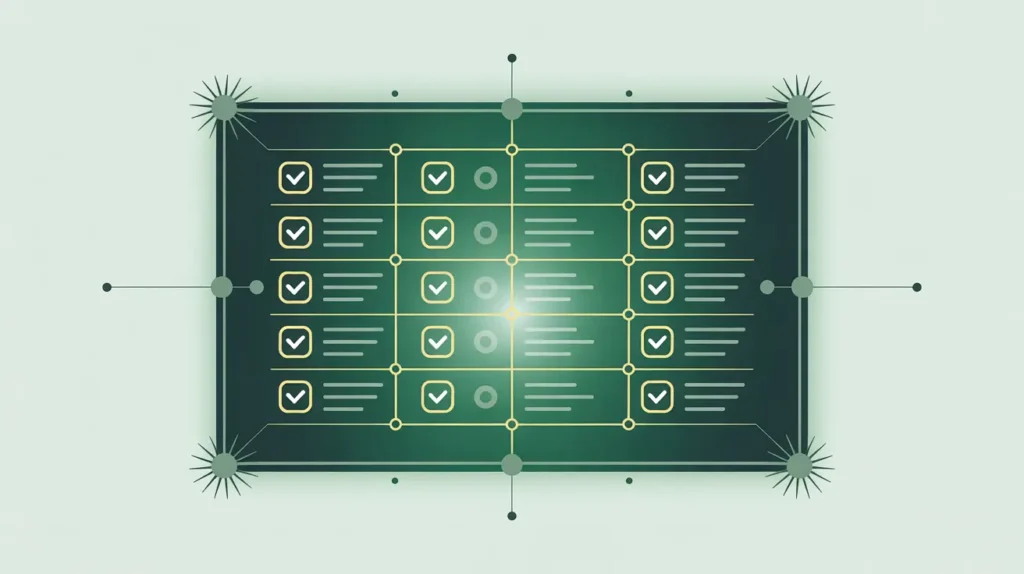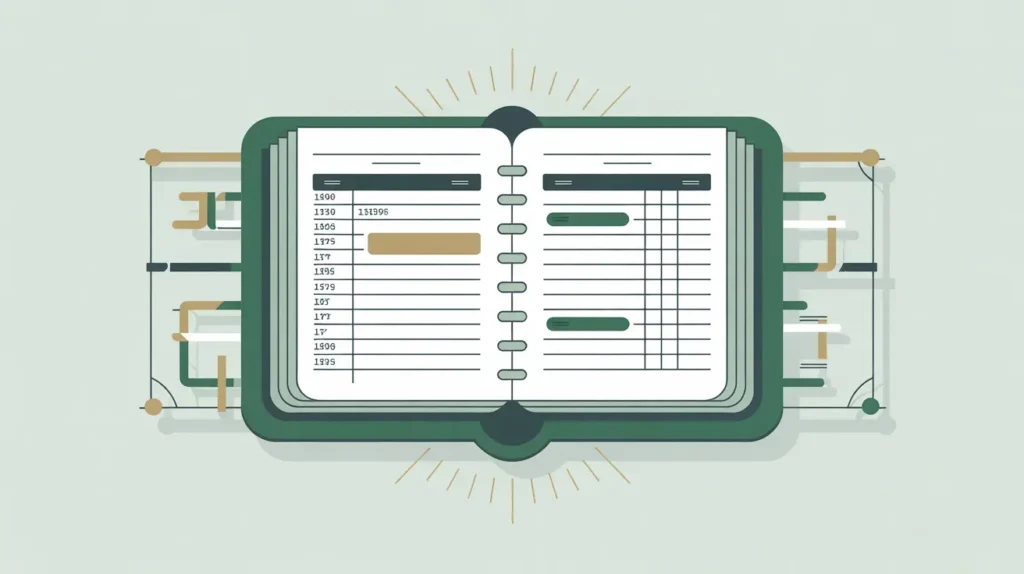Importance of No-Cost Extension
A no-cost extension allows nonprofits additional time to complete grant activities without receiving extra funding. This matters because unexpected delays, such as political instability, supply chain issues, or public health crises, can hinder program delivery within the original timeline. For nonprofits in social innovation and international development, no-cost extensions provide flexibility to achieve intended outcomes while maintaining compliance with donor requirements. Boards and leadership value this option because it protects credibility and ensures commitments are fulfilled.
Definition and Features
A no-cost extension is defined as an approved modification to a grant agreement that extends the performance period without increasing the total funding. Key features include:
- Time-Based Adjustment: typically extends the project period by several months to a year.
- No Additional Funds: requires the organization to work within the original budget.
- Donor Approval: must be formally requested and justified.
- Common Reasons: implementation delays, unspent funds, or unforeseen circumstances.
No-cost extensions differ from grant modifications that involve budget increases or changes in scope.
How This Works in Practice
In practice, nonprofits request a no-cost extension by submitting a formal justification to the donor. For example, an international NGO running a $10 million health program may seek a six-month extension to complete activities delayed by regional conflict. Finance teams update spending forecasts, program staff adjust work plans, and compliance officers prepare documentation to meet donor conditions. Donors typically review progress to ensure that the extension is justified. Boards may review major extensions to assess implications for strategy and resources.
Implications for Social Innovation
For nonprofits in social innovation and international development, no-cost extensions safeguard program outcomes in unpredictable environments. Transparent communication reduces information asymmetry by showing donors and stakeholders why additional time is necessary and how it will be used. Donors value organizations that take proactive steps to complete commitments responsibly, while communities benefit from continued delivery of promised services. By using no-cost extensions strategically, nonprofits maintain donor trust, preserve impact, and ensure systemic change goals are achieved despite delays.







